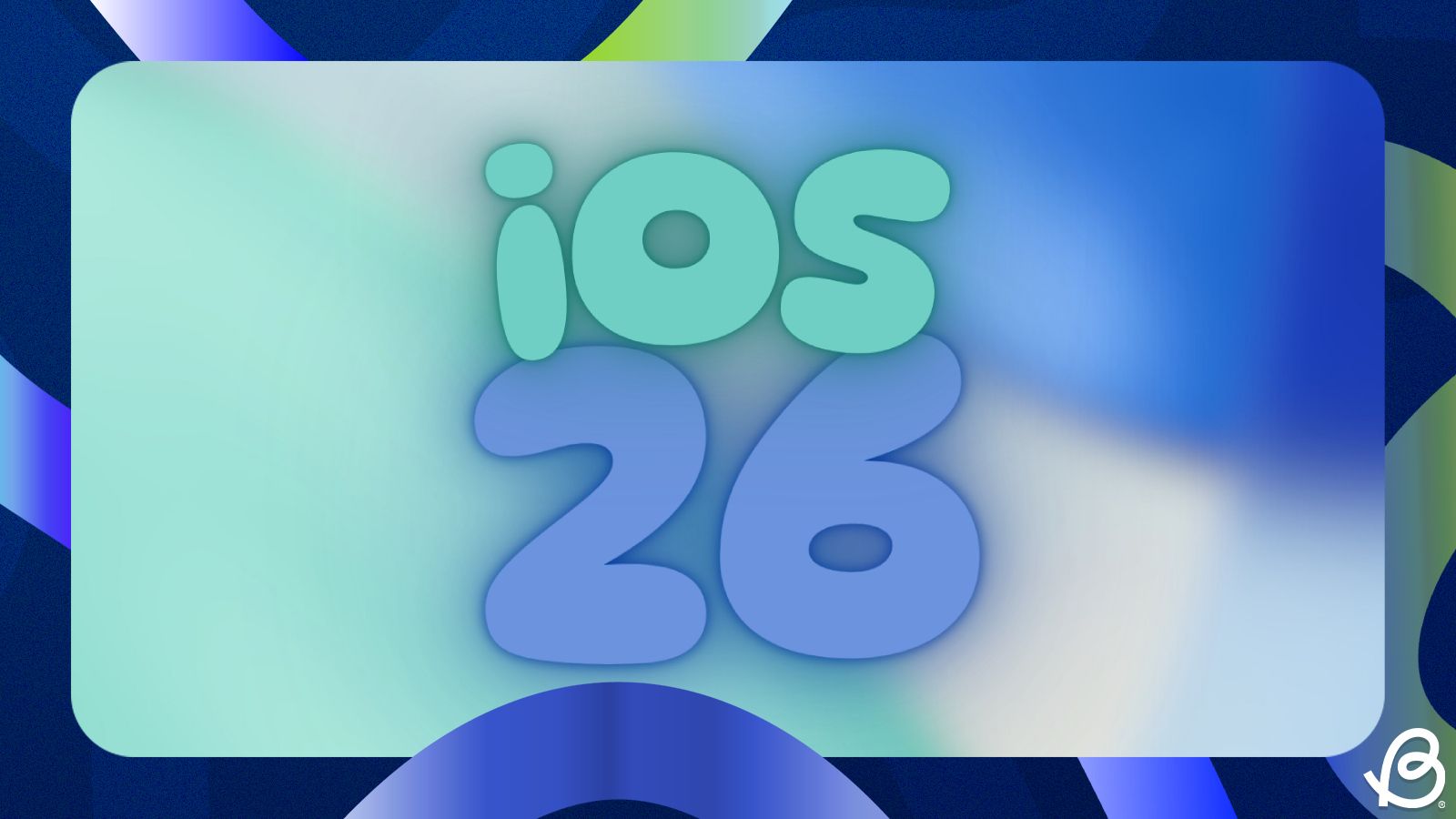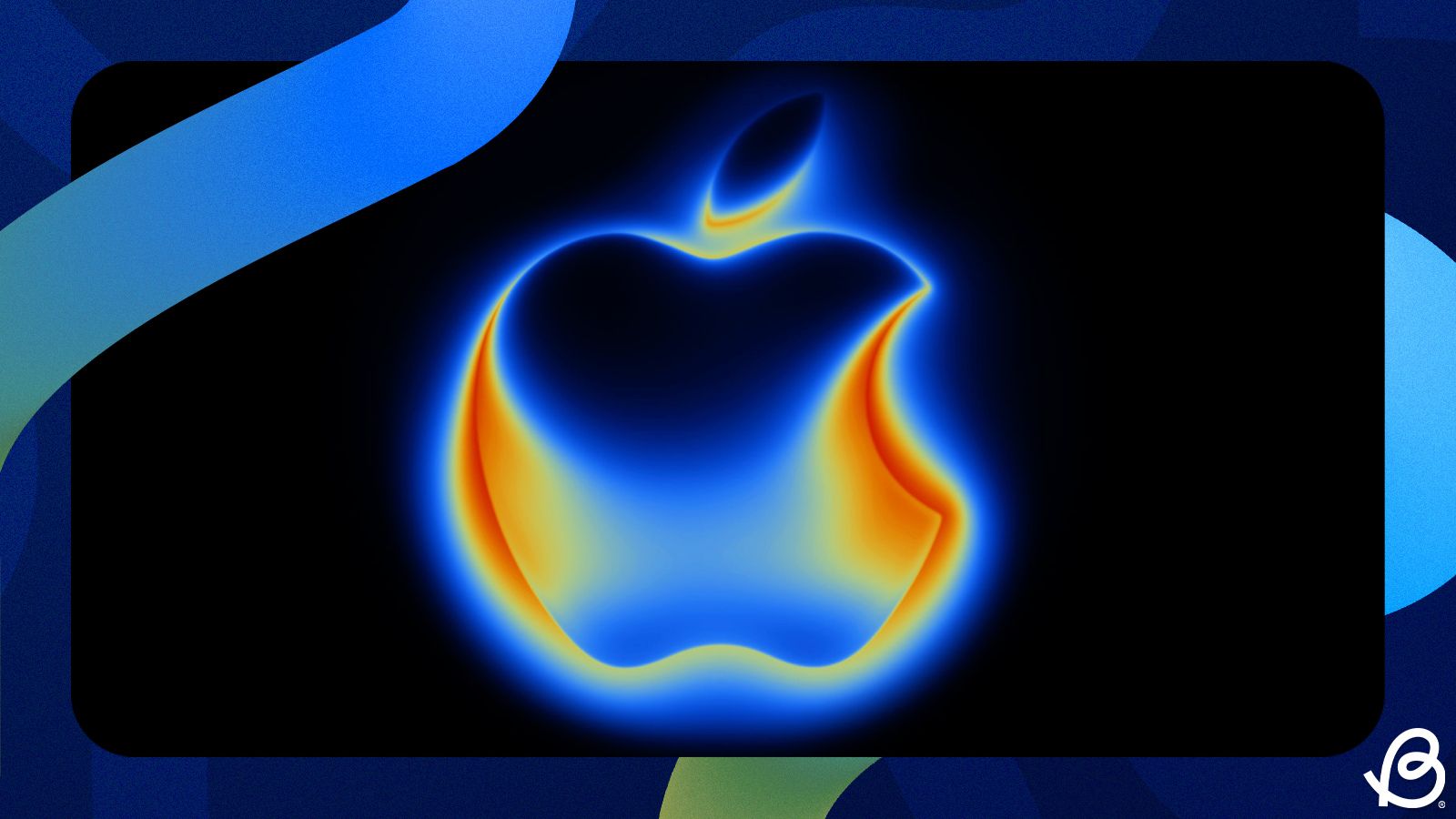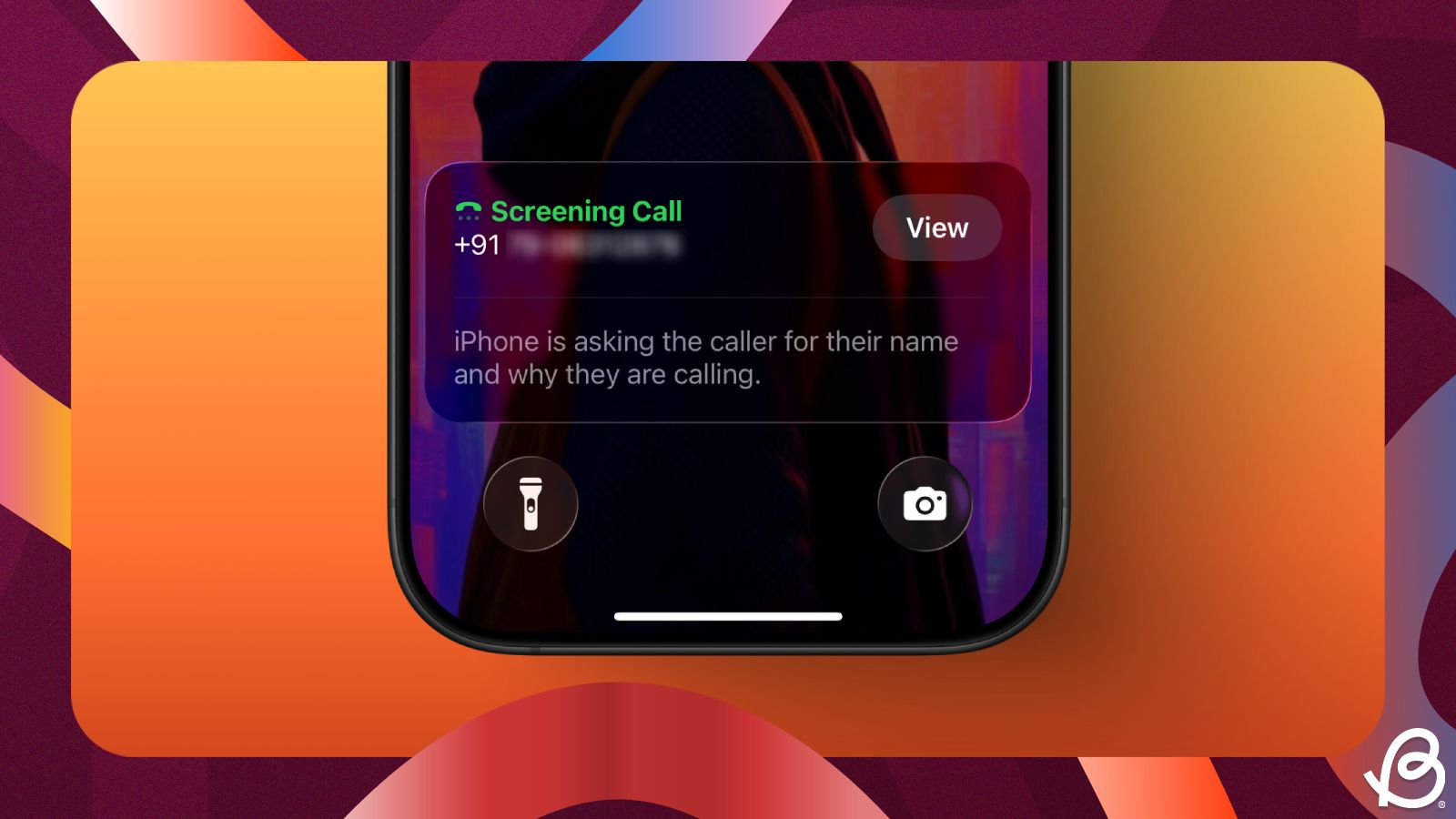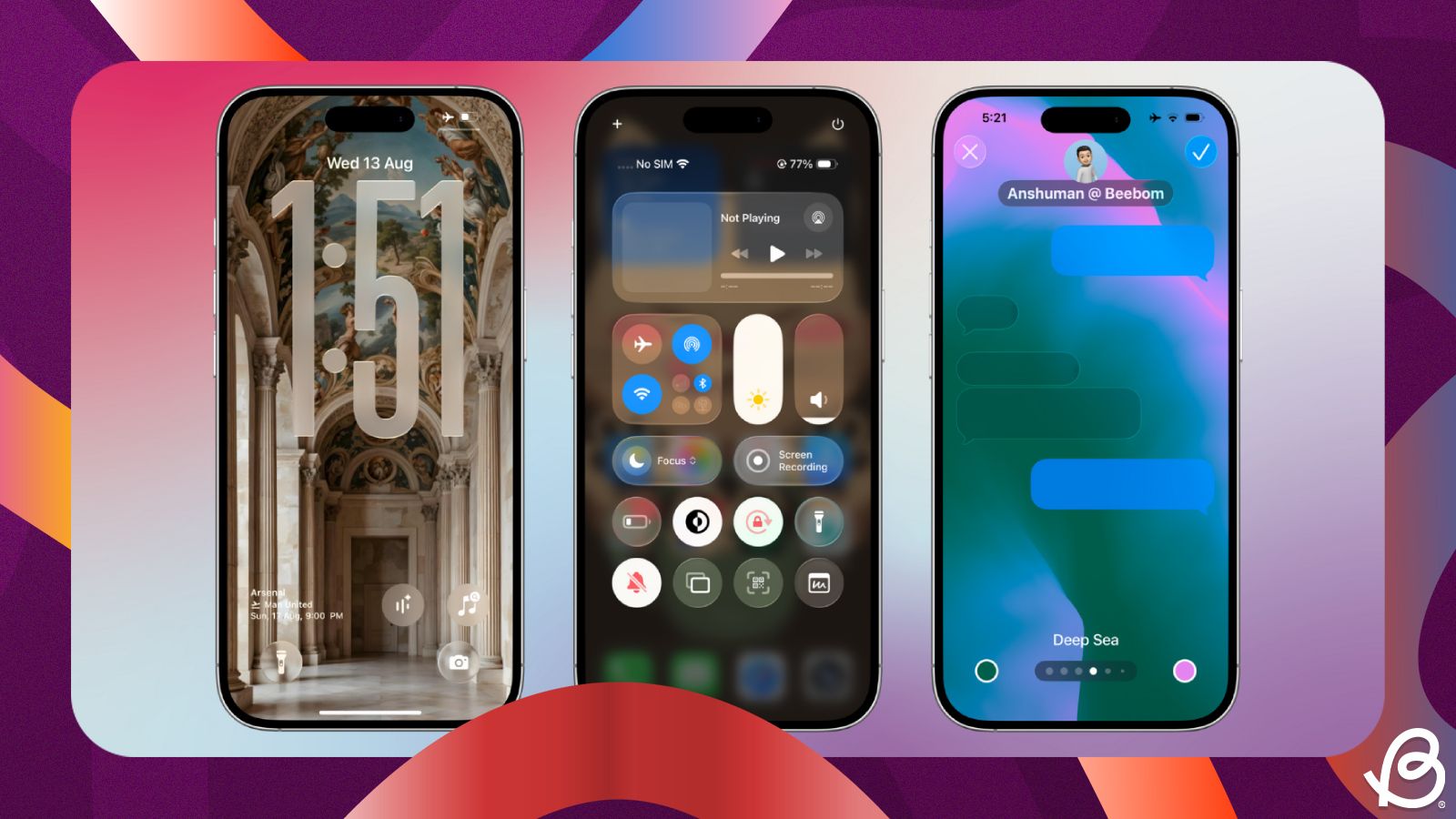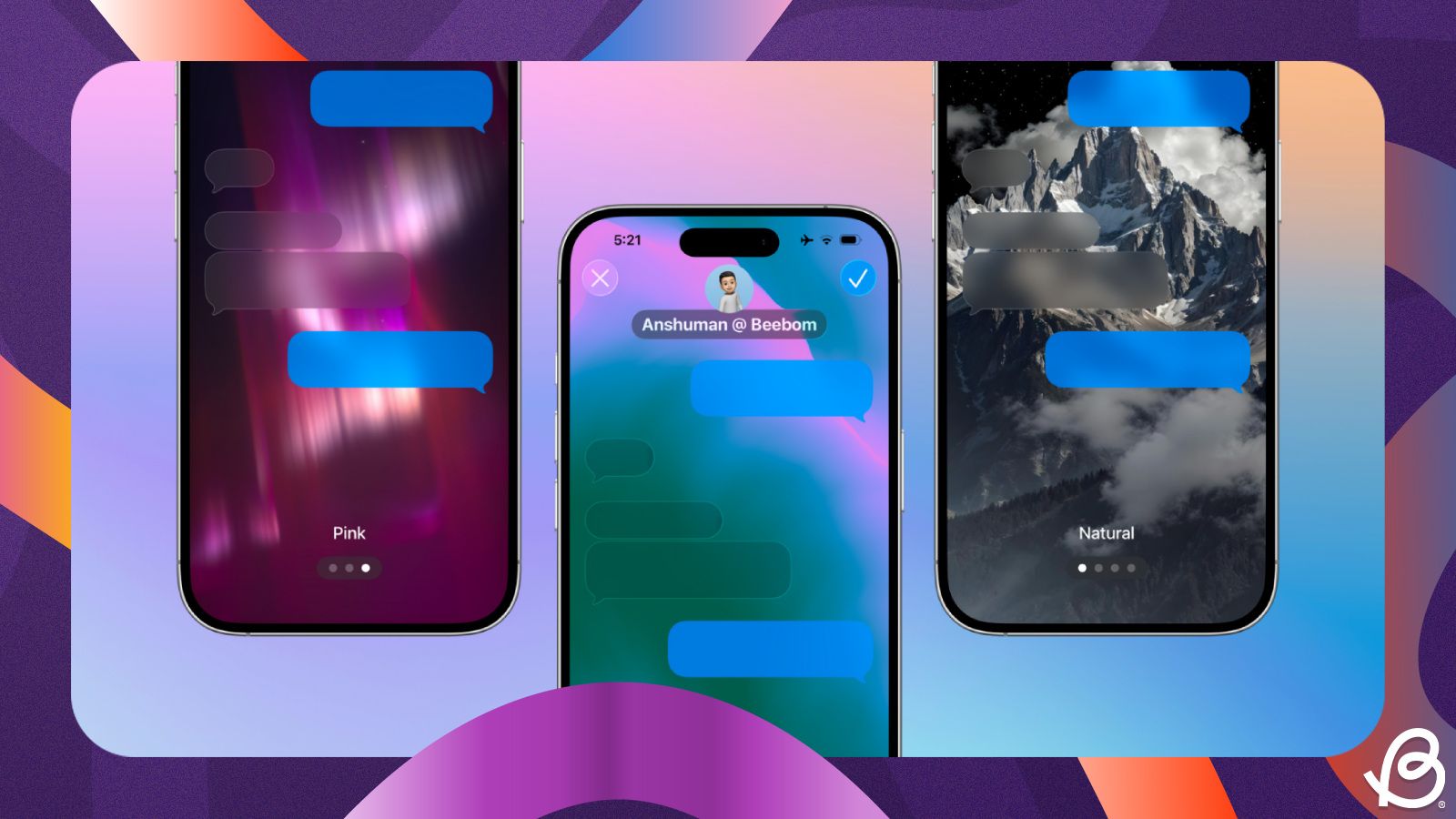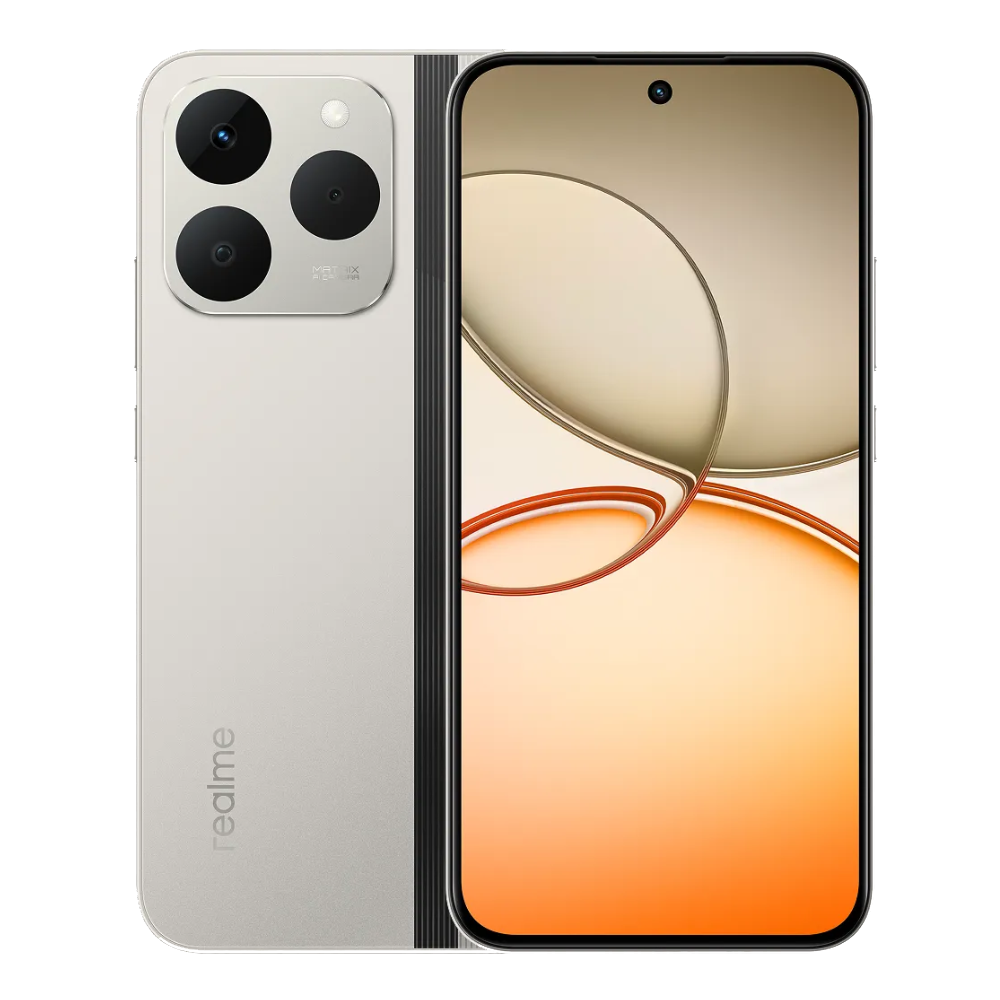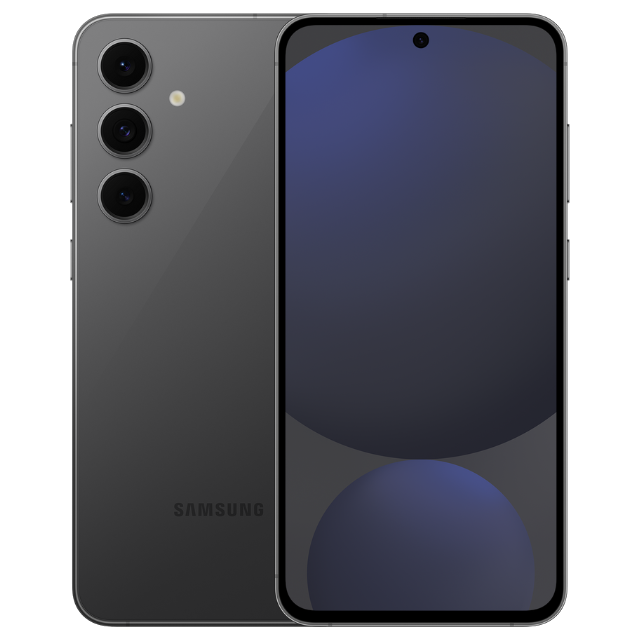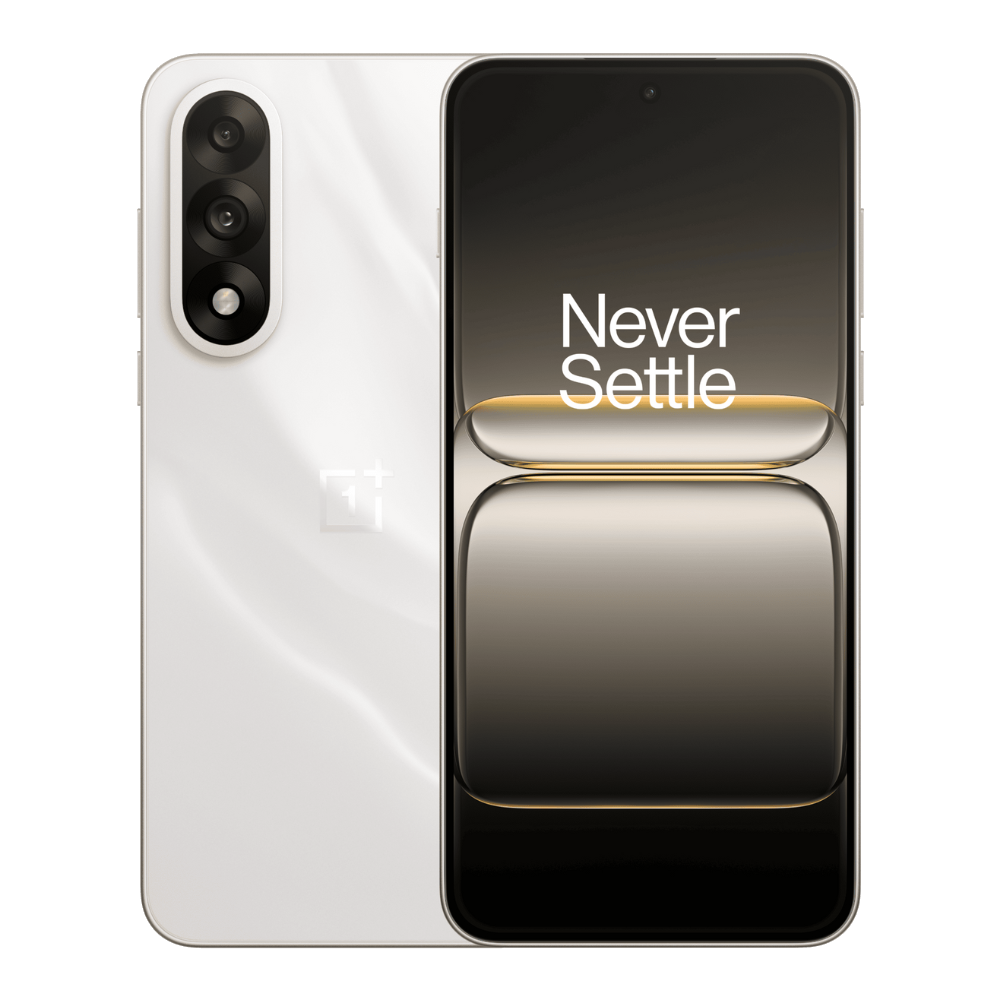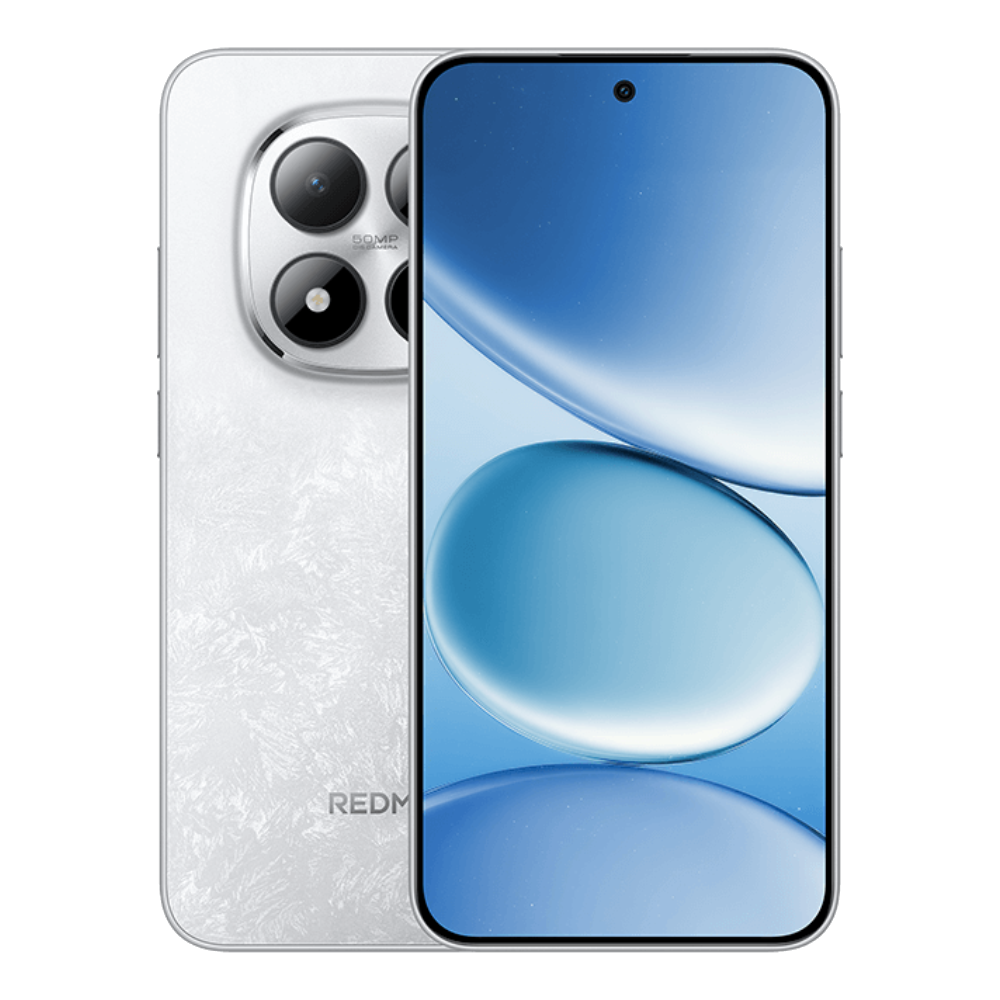iOS 26 is the latest version of Apple’s mobile operating system for iPhones. It’s the first time in fifteen years that the company is changing the nomenclature of its primary OS, and it’s a departure from the version-centred names that have existed over the years. But why is it really called iOS 26 and not iOS 19? That’s what we’ll try to explain in this post.
Why is it called iOS 26: Apple’s reason
When Apple announced the name change coming to iOS and other operating systems, it suggested that the shift was to put its platforms in line with the present calendar year.
Now, you may wonder why did the company go for 2026, instead of 2025? That's likely because the update cycle for iOS 26 is only beginning in September 2025 (as a stable build for most users) and will last until September 2026, when the next major update rolls out.
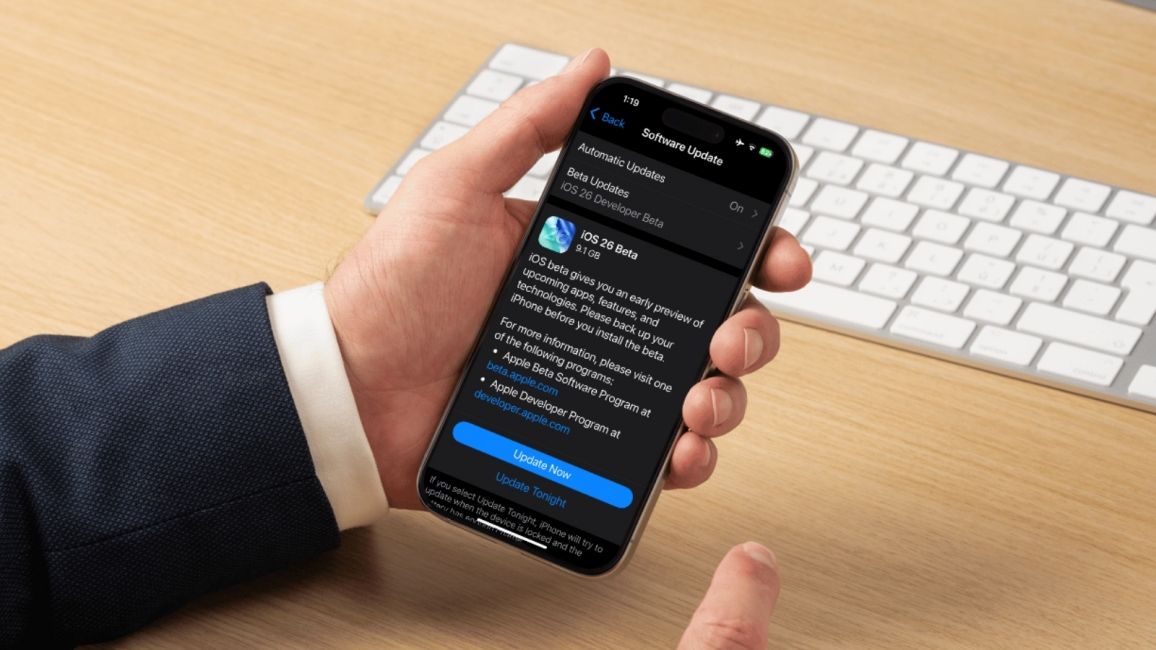
Since the span of this update will last longer in 2026 than in 2025, it’s a sensible decision from the Cupertino company. It’s a shift similar to the one Apple made back in 2010 when it rebranded "iPhoneOS" to "iOS" with the launch of the iPhone 4, something we talked about in our Apple iPhone event invites guide.
Why iOS 26 makes more sense than iOS 19?
The jump from iOS 18 to iOS 26 may puzzle a lot of iPhone users, but it certainly makes sense in the long run. For starters, Apple hasn’t just changed the naming scheme for iOS alone, it’s doing it across its entire OS lineup. So, its platform versions for the calendar year are going to be named:
- iOS 26 for iPhones
- iPadOS 26 for iPads
- macOS 26 for Macs, MacBooks and iMacs
- watchOS 26 for Apple Watches
- tvOS 26 for Apple TVs
- visionOS 26 for Apple Vision Pro
By doing so, Apple can maintain consistency across its platforms, which have featured different version numbers until now. For context, the last stable version for Macs was macOS 15 while Apple Watches ran watchOS 11. So, having a year-based name will make it easier for users to keep track of whether their device is running the latest version and give them better clarity on how long they’ll get updates for.
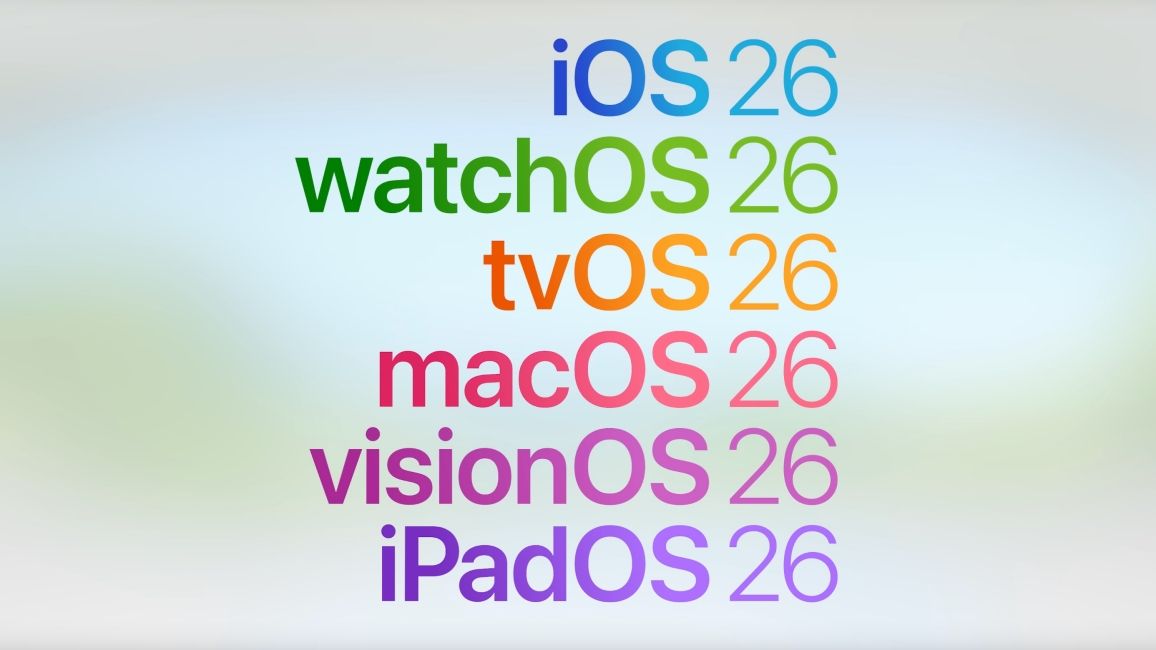
This also puts iOS a step ahead of its Android counterparts, where version numbers have been all the more confusing. That’s particularly the case with Android skins that are developed by OEMs, not Google. The latest version on Pixel Phones is Android 16. But other manufacturers like Samsung offer One UI 8, OnePlus with OxygenOS 15, Xiaomi with HyperOS 2 and more.
Apple’s approach isn’t really different from what companies like EA and 2K brand their yearly games. For instance, “FC 26” will be the name of EA’s next football simulation game and “NBA 2K26” is 2K Games’ next basketball offering.
Apple’s biggest competitor, Samsung took a similar route with the Galaxy S20 series when it launched in 2020. Their naming scheme for its flagship phones are based on the current year because the South Korean company releases their first set of high-end devices at the start of the year, as opposed to Apple’s iPhones and iOS (stable) updates which release in the fall.
While it’s highly doubtful that Apple will follow the same trend for its iPhone names, there’s a possibility that version numbers may get dropped somewhere along the way. The company has already done so across its iPad and MacBook lineups which increases the likelihood of an iPhone without version numbers. This probably won’t happen any time soon and that's a story for another day.


